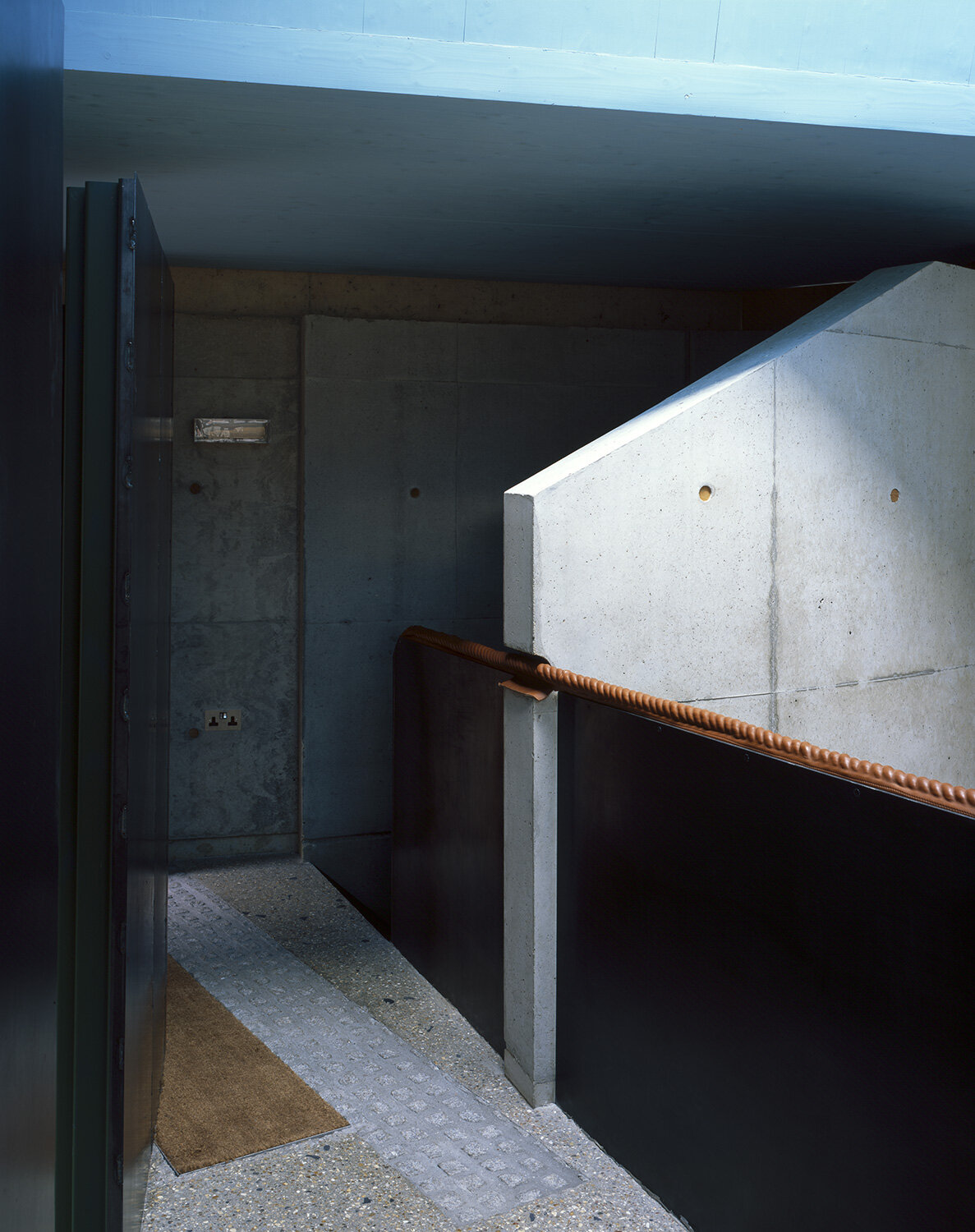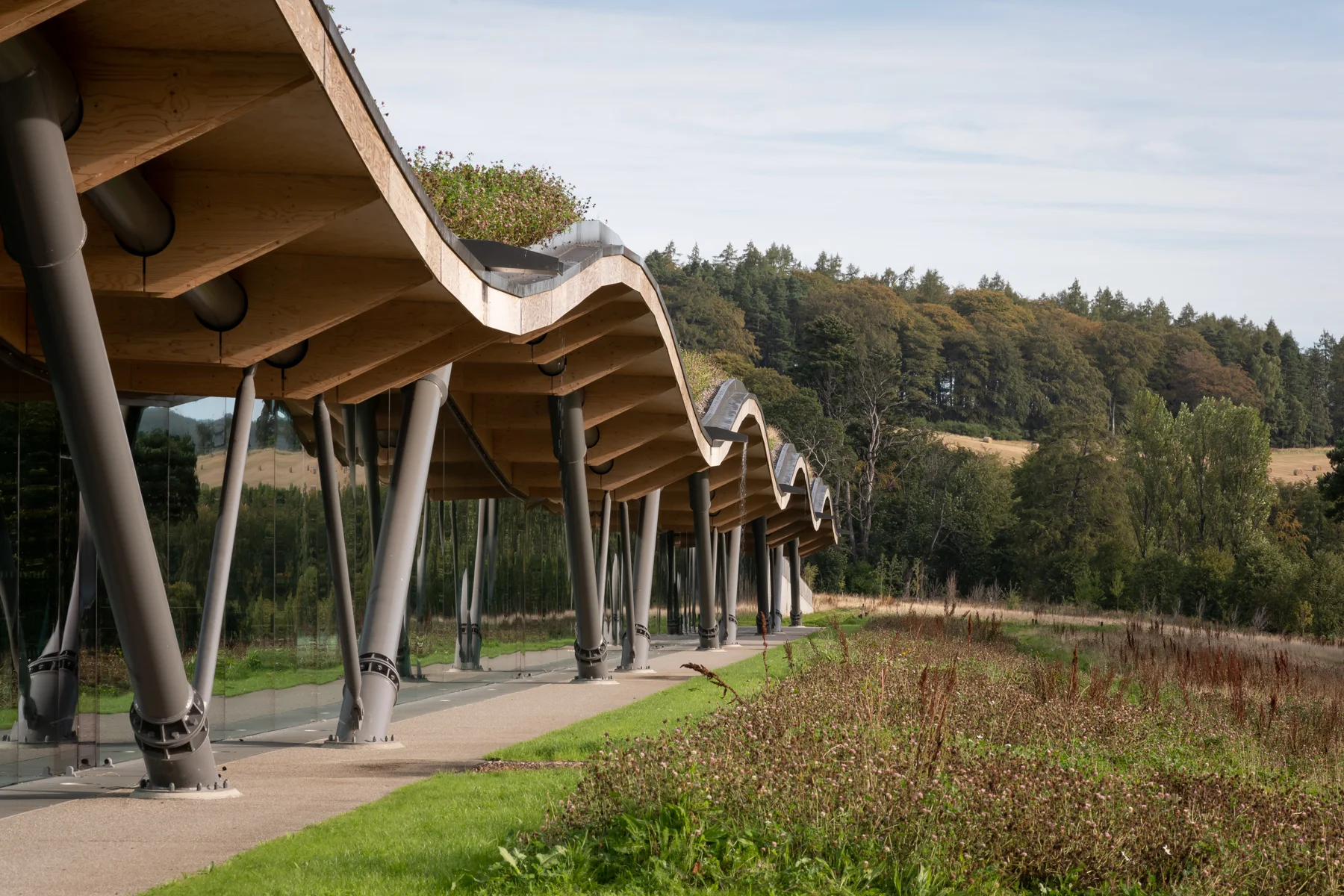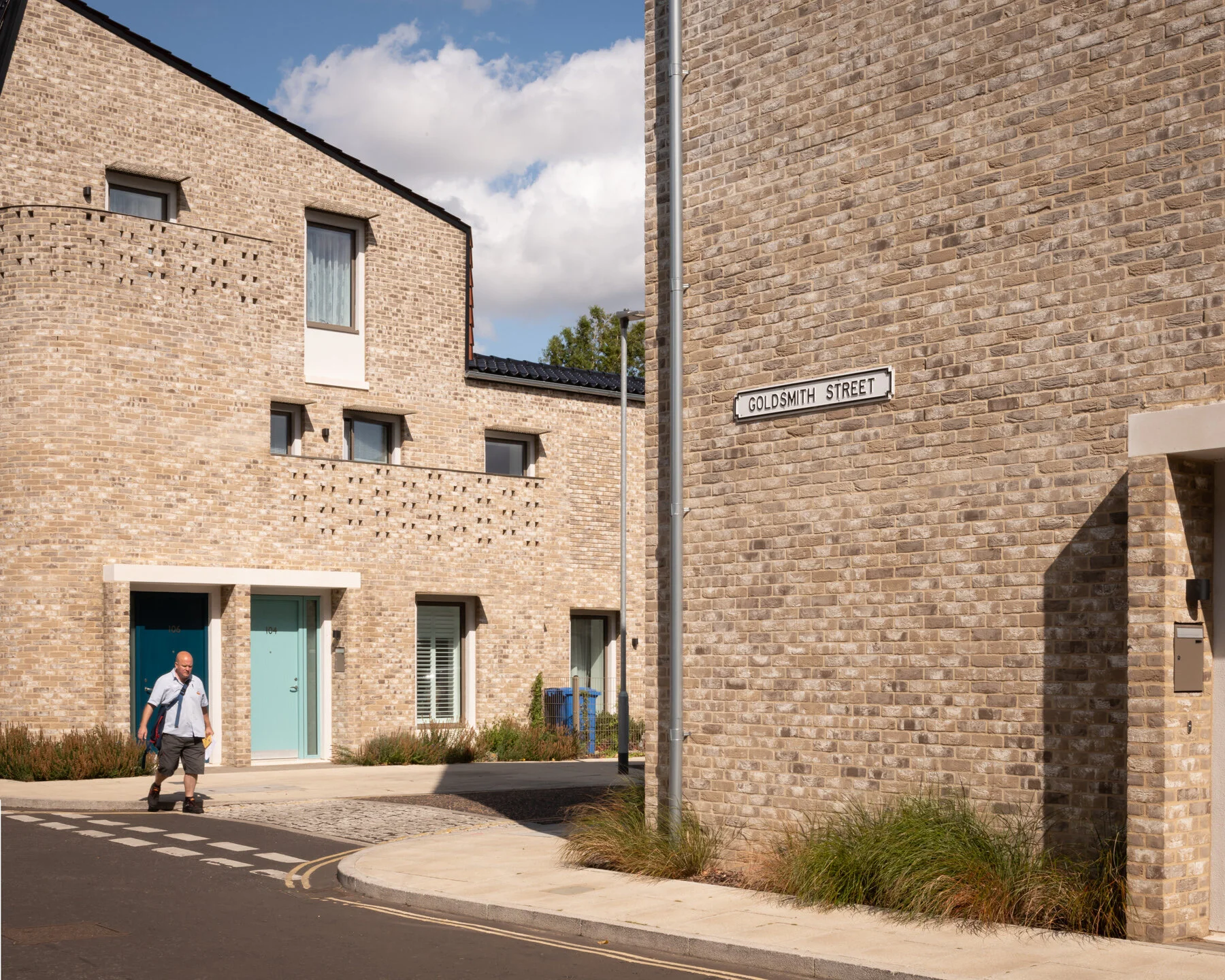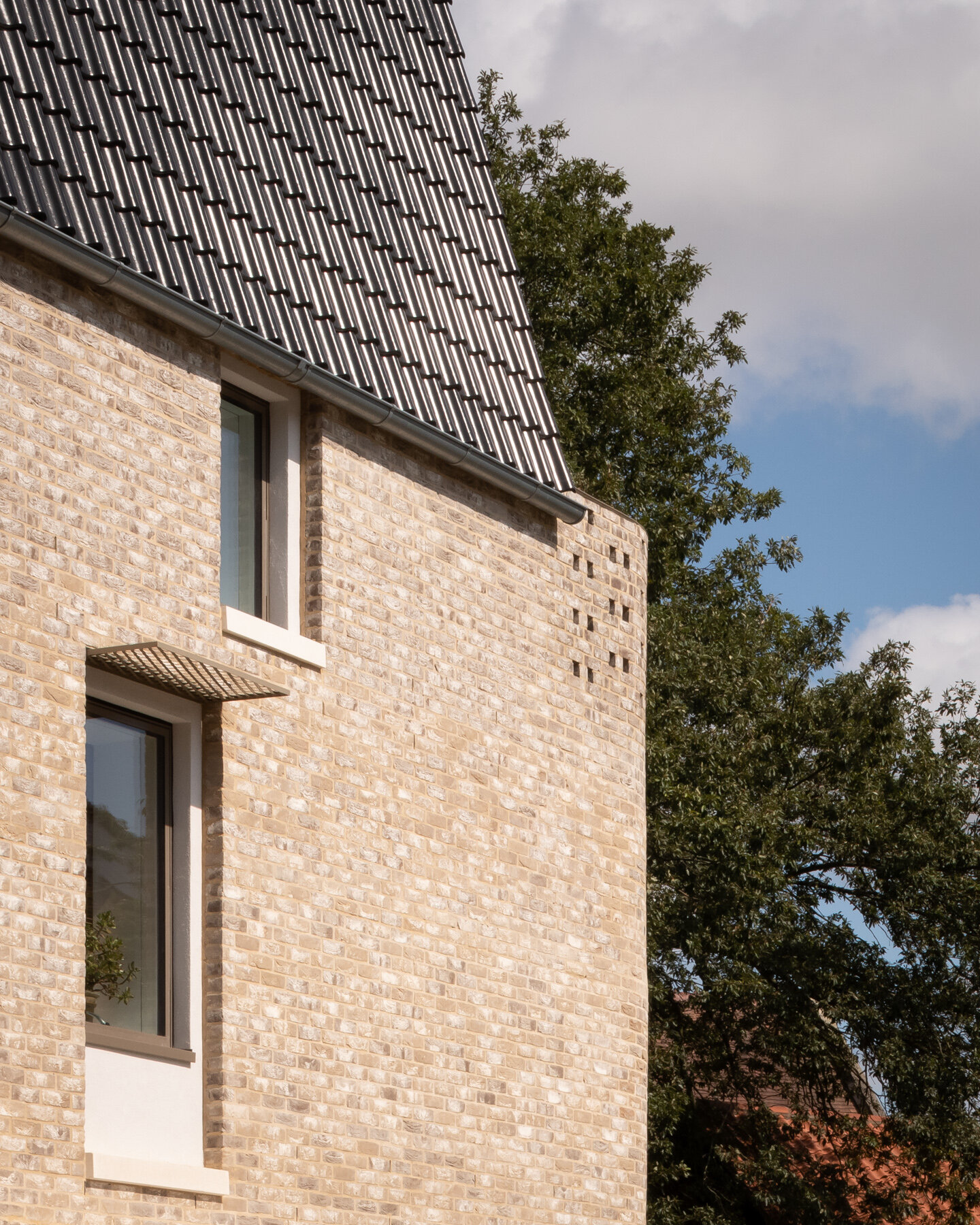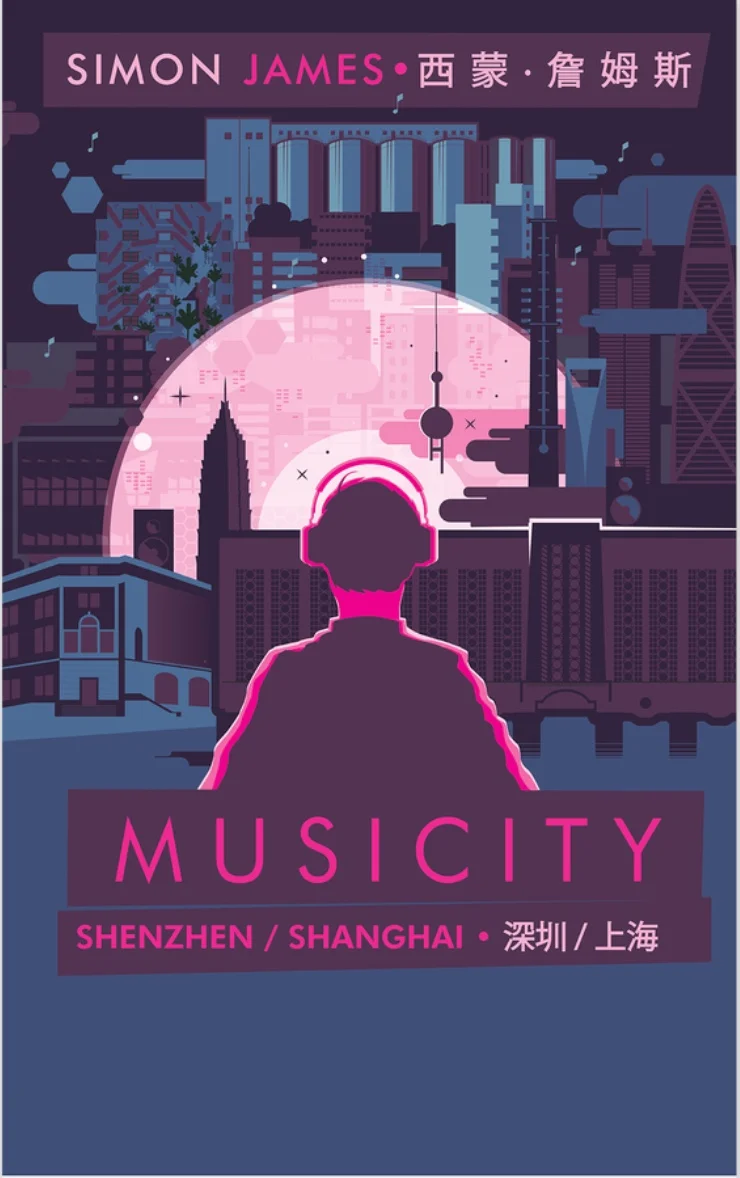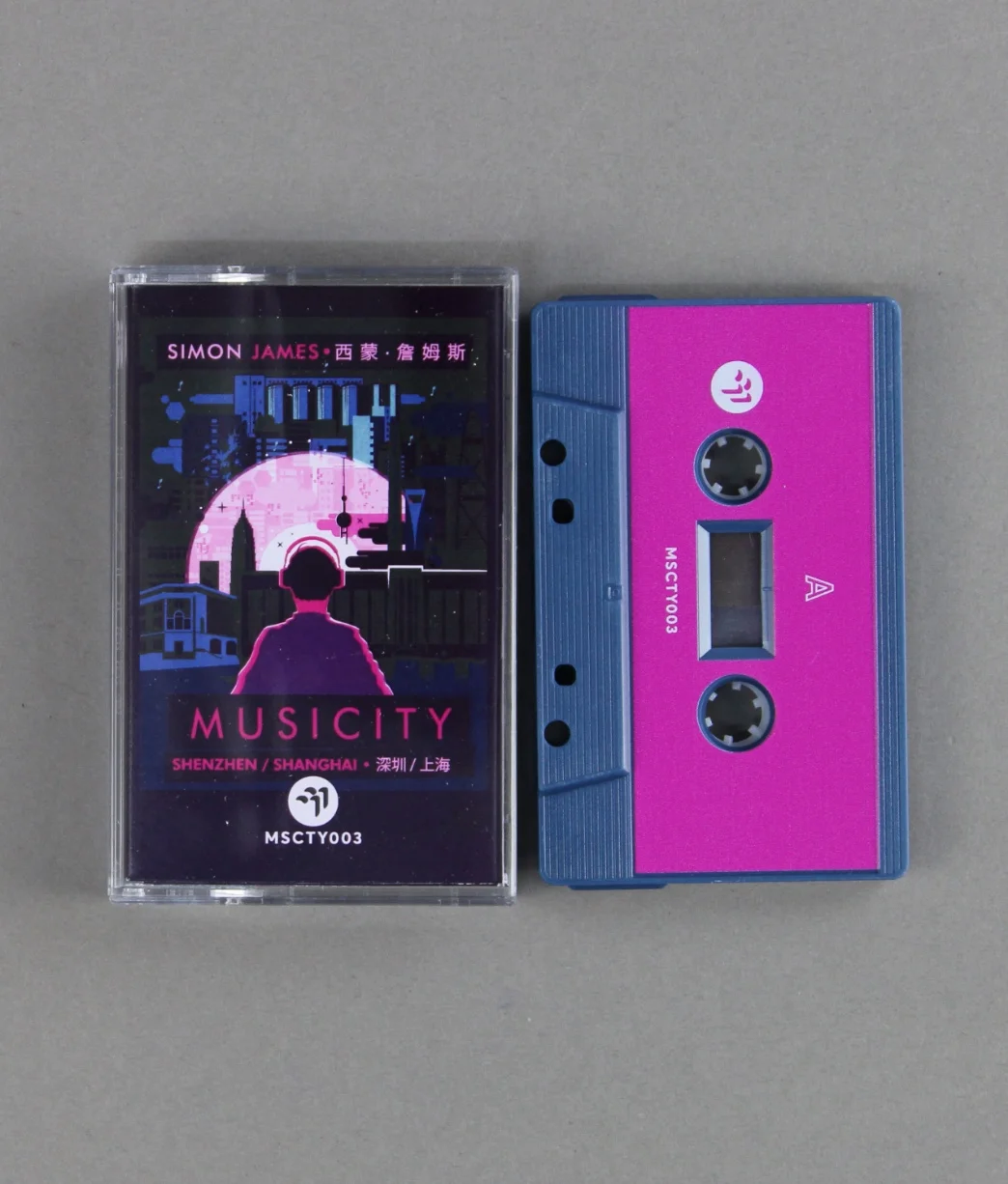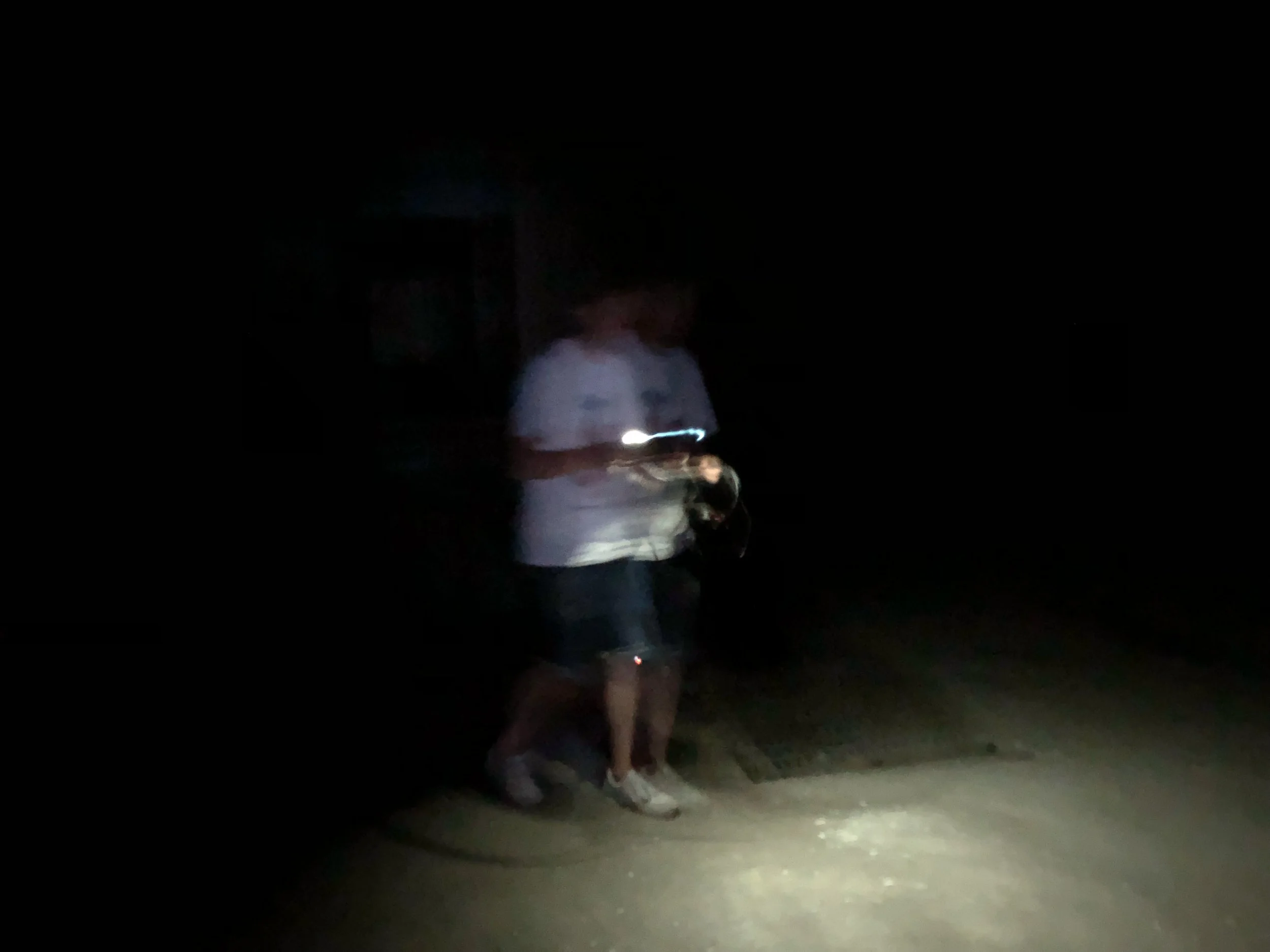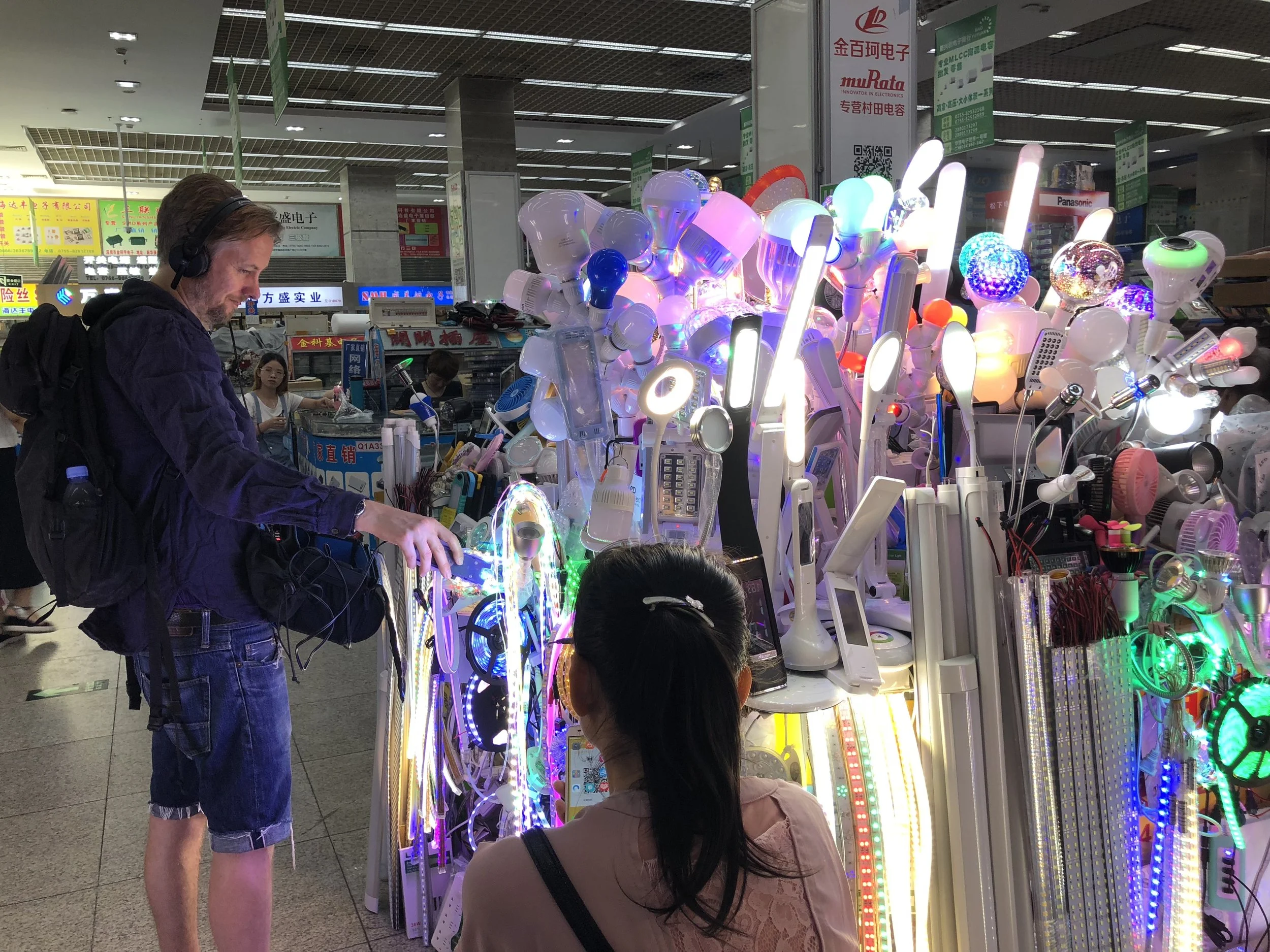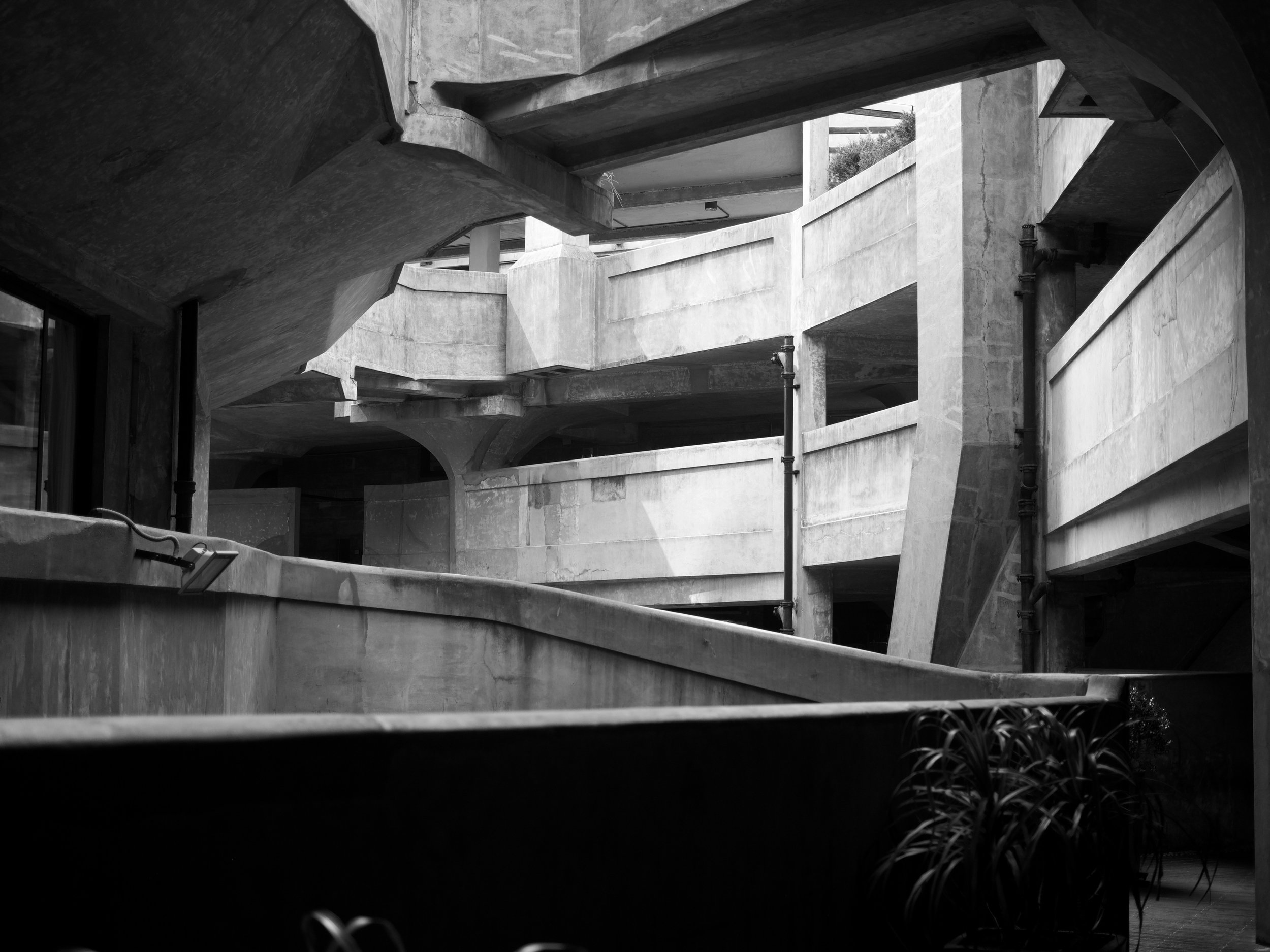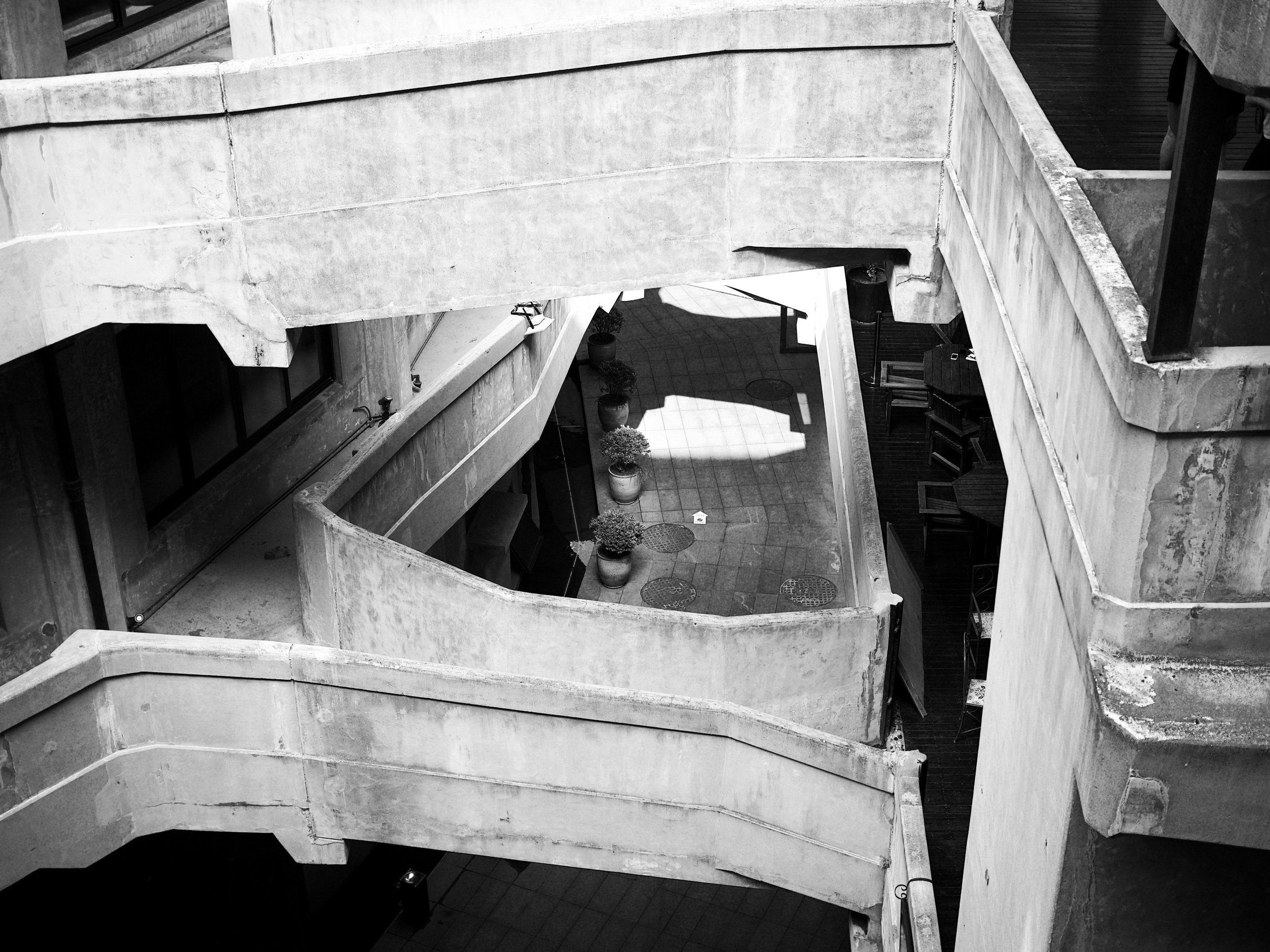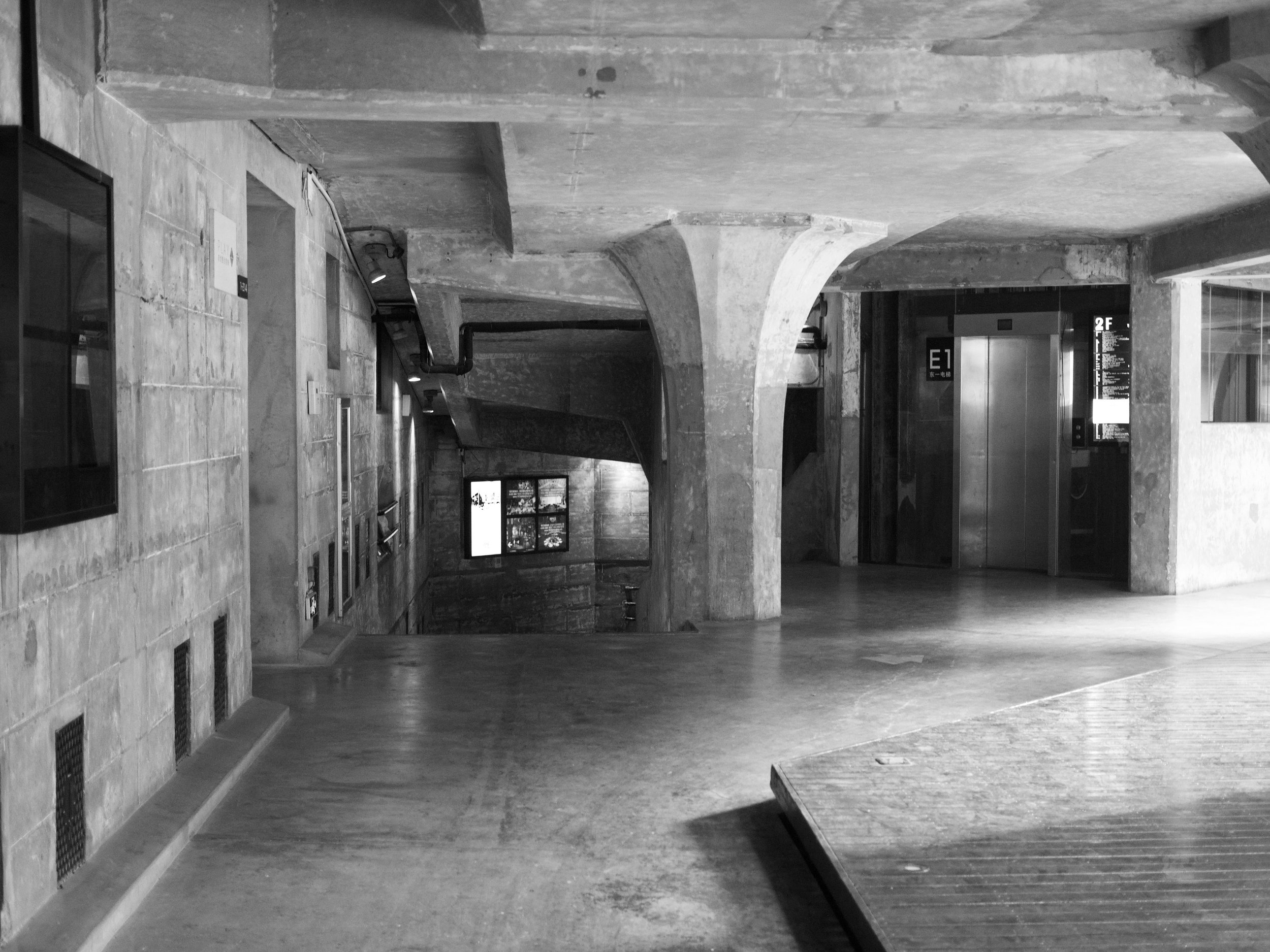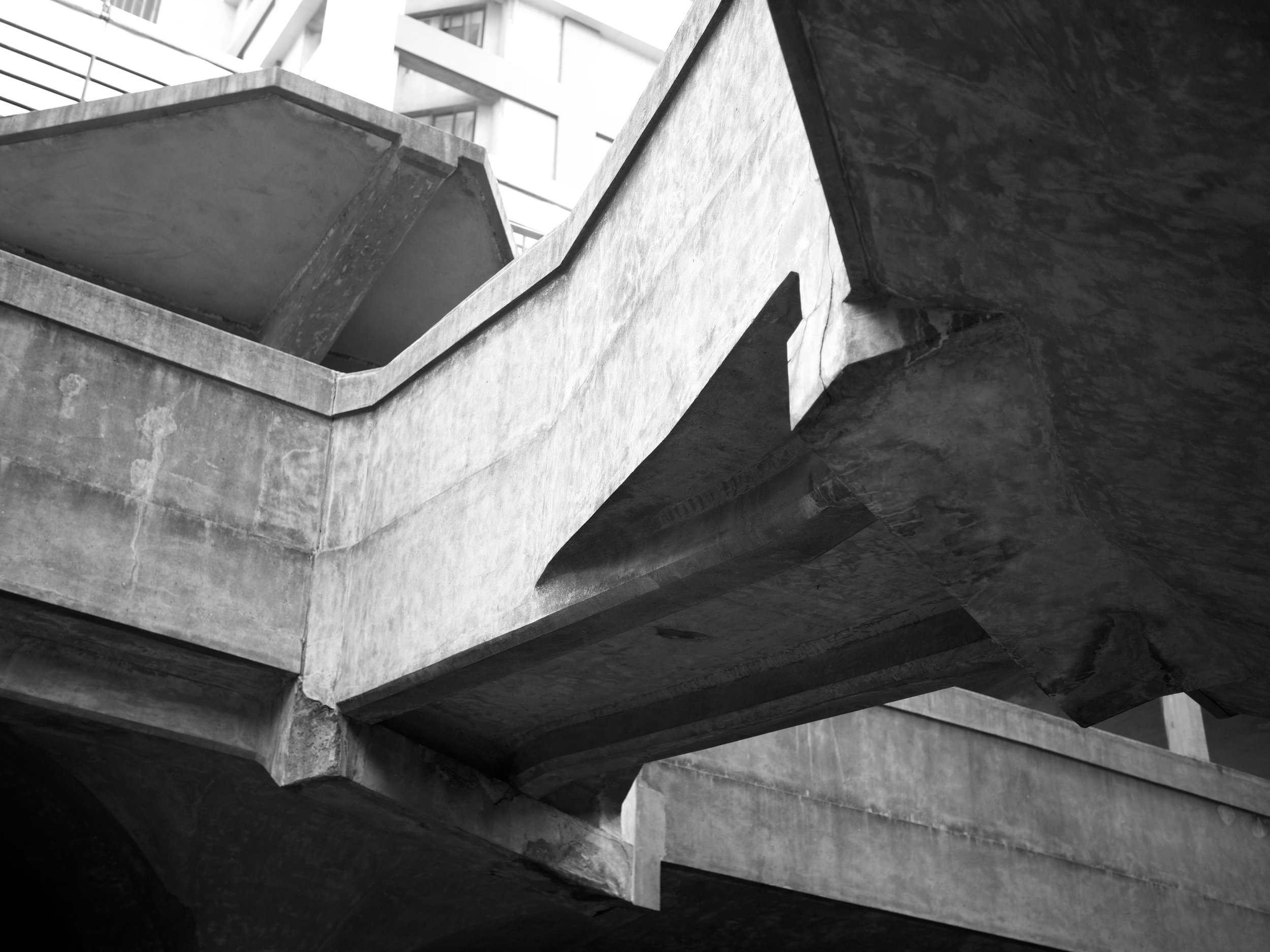Contact microphones and electromagnetic microphones allow us to tap in to a world of sonics that are normally hidden from our human hearing. The exploration of these sounds has been fascinating and exciting for me - the potential to discover something new and unheard, a secret sound dimension full of new possibilities, gives me great pleasure and the opportunity to listen to the world from a different perspective.
Photo by Jim Stephenson
“What those contact mics are so good at is picking up much lower frequencies that we don’t hear generally. At London Bridge there were two particular sounds that I was drawn to. One of them is the handrails of the escalator. It was just completely unexpected. You have a vague idea of what something’s going to sound like, but when I connected the contact mics to the left and the right handrails, which was a challenge in itself because you have to stick them to the surface and the escalators are moving so you have limited time, it sounded like a UFO. It’s just this weird sort of sound. Those are the moments that I love about working with those sort of non-traditional microphones.”
In 2019 I travelled around the UK with film maker Jim Stephenson, making films about each of the Stirling Architecture Prize nominees. You can see those films, which focus on the architectural process, here. During that project I had the opportunity to use contact and electromagnetic microphones to capture the sounds from two of the nominated buildings, The Macallan Distillery designed by Rogers Stirk Harbour + Partners, and London Bridge Station designed by Grimshaw, and together with Jim, create these new films which focus on the sounds I discovered.
I also chatted with Jim about the recordings and process, the text of which you can find on his blog.
I have also put together a download album featuring the two soundtracks plus additional recordings from both locations. Find it here.
Headphones recommended to hear the full frequency range of the recordings.
“The production of whisky is industrial, all those sounds that were coming from distillery – it felt like the machine was alive, it felt like it was belching out these sounds. When you listen closely there’s a rhythm to it, and there’s different textures, and these noises start to come alive and have a sort of distinct character all to themselves”


